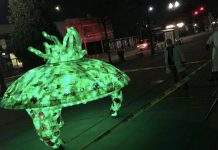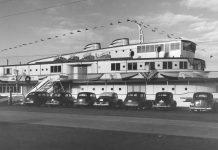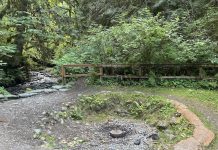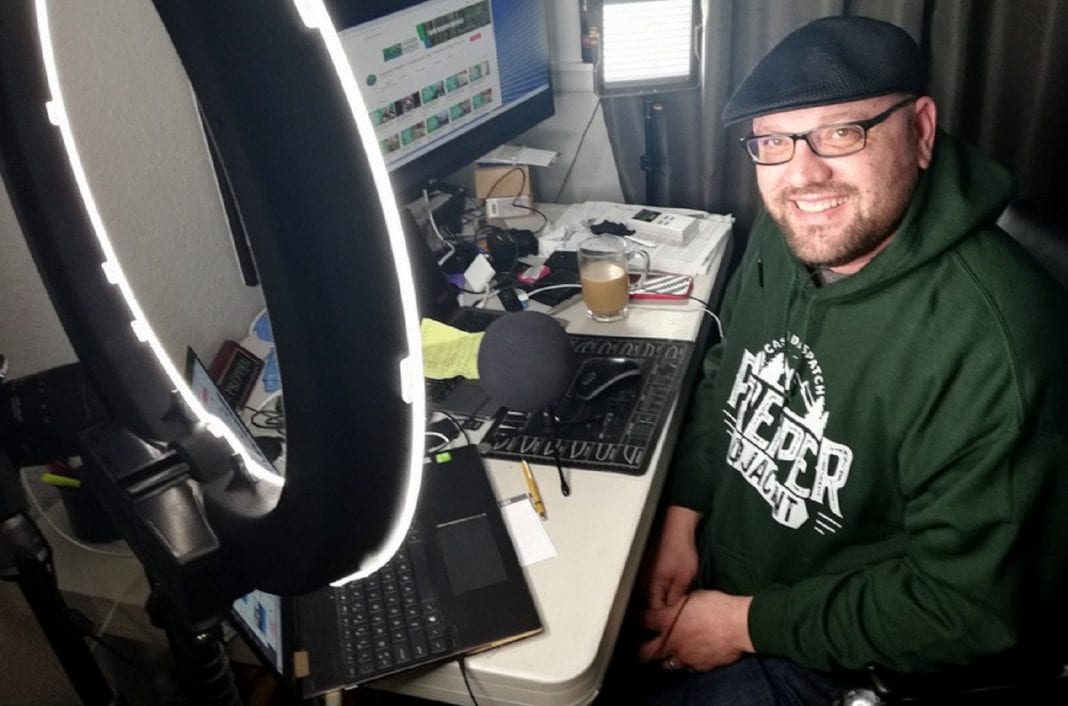The steady march of forest fires, civil unrest, pandemic shortages and stay-at-home orders during the last few years has proven to many people around the Pacific Northwest that they just might benefit from expecting the unexpected. Dare it to be said that emergency preparedness has moved from being a fringe topic involving bunkers and camouflage jackets to a mainstream topic of discussion.
“The Coronavirus has really helped the prepper community,” said the Puget Sound-based the Urban Prepper Cliff, a host of a YouTube channel that now has almost 200,000 subscribers to his offerings of tutorials, reviews and discussions. The channel has added about 50,000 regular viewers in just the last year after slowly building an audience for years. Cliff only uses his first name on the channel to thwart security breaches and hackers. “I think preparedness is just something practical people should do,” he says.
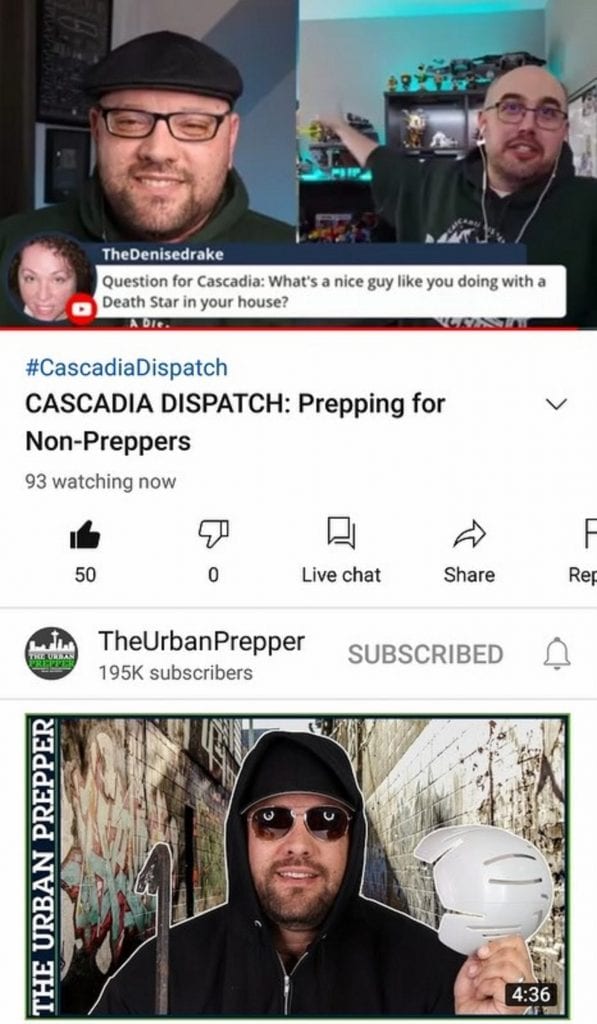
The Urban Prepper started getting interested in emergency preparedness more than a decade ago and found few online resources back then, so he created one. The start of the Urban Prepper channel was back in the day when television shows like the four-season “Doomsday Preppers” on the National Geographic channel were profiling survivalists as they prepared to endure the collapse of civilization. While “Doomsday” was reportedly the highest-rated show on the channel, its portrayal of preppers practicing military-inspired tactical assaults and weapons training prompted criticism that ultimately led to its cancellation. That paramilitary preparedness bent just wasn’t Cliff’s jam. He sought more every-day tips, skills and gadgets. He does so enjoy a cool gadget.
“I had no one to talk to because people thought it was stupid,” he said. But his thirst to know more and to be prepared for the unknown grew, especially after his children were born and his fatherly drive to protect his family took hold.
“I went sort of full-on prepper at that point,” Cliff said. “That’s how it all started.”
His YouTube channel now has weekly live stream discussions, product reviews and how-to tutorials that are filmed for a non-prepper audience that follows the everyday-carry idea of get-home kits rather than bug-out gear.
“I like making kits, that’s sort of my thing,” he said.
He has a host of tutorials, for example, of how to fill pocket tins with mini flashlights, pain killers and gadgets anyone can carry with them everywhere and use when trouble comes, and they must get home. The very MacGyver-inspired channel also boasts a sense of community where like-minded preppers can share ideas and tips to fit their own needs through roundtable chats and Q&A sessions.
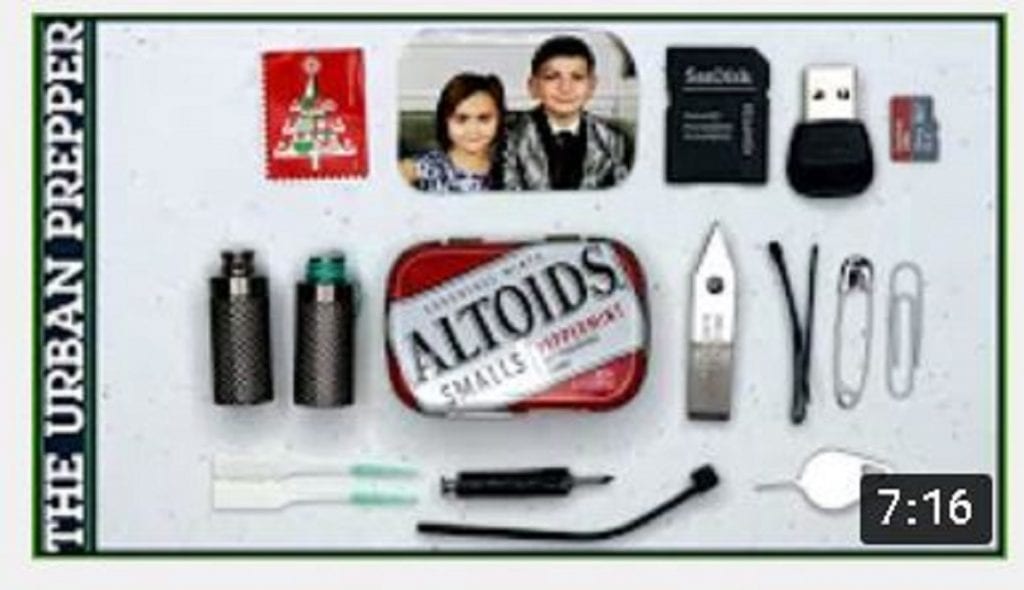
One recent show included Casey from the Cascadia Dispatch channel as a way to show that people can be prepared without the label of being a “prepper” by using non-technical terms and more common-sense approaches.
“I was as much of a non-prepper as you could get,” Casey said, noting that he was never in the military, a Boy Scout or even much of a camper. “I can thank my brother for this whole project.”
His brother sent him an article a few years ago about the possible outcome of a massive earthquake in the region. Spoiler alert — the outcome of an already overdue earthquake in the area would not be pleasant, with road closures for weeks, food shortages and long stretches without power. That got him thinking and searching for emergency preparedness.
The term “Prepper Adjacent,” bubbled up to describe the growing community of non-tactical, preparedness enthusiasts.
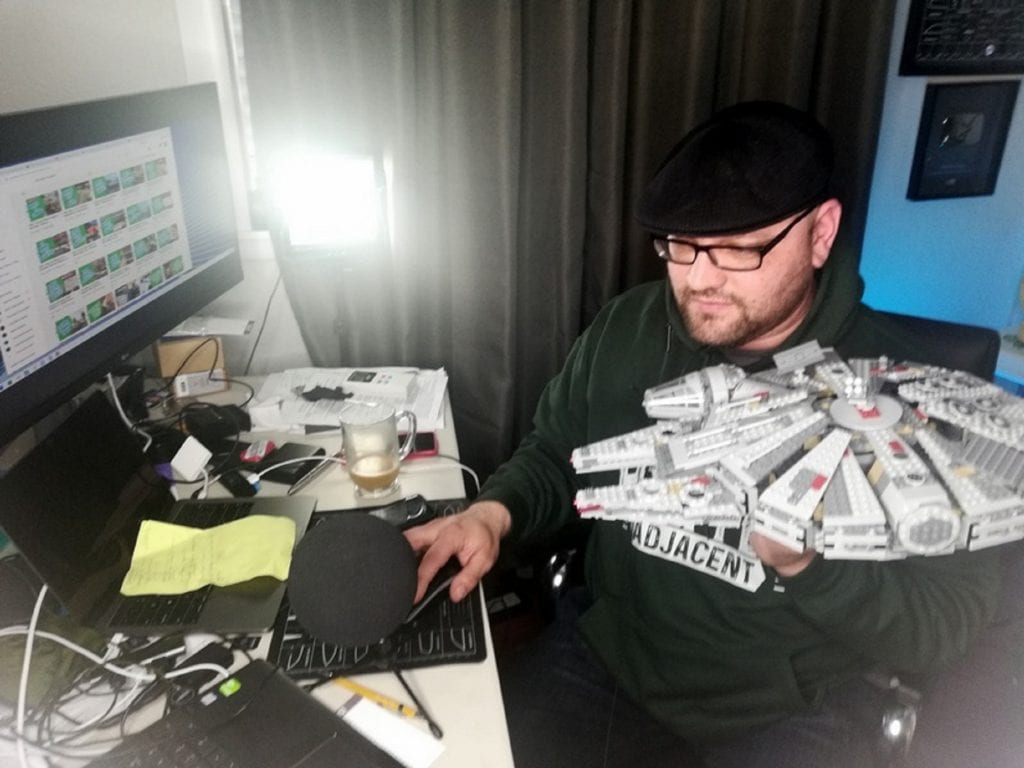
“We are the Fisher-Price of preppers,” he said with a chuckle.
Proof of that toy company label can be found in the fact that the Urban Prepper cross over show with the Cascadia Prepper included just as much chatting about their Lego models of Star Wars spacecraft as it did with fielding questions from their live stream audience. Alongside their sci-fi nerd fest was talk about grown-up topics like reviewing insurance policies for natural disaster coverage and having enough cash on hand to cover deductibles and other expenses from damage caused by floods, earthquakes or forest fires. Another tip was to service fire extinguishers each year to make sure they would work during a kitchen fire. People can just shake their extinguishers when they replace the batteries in their smoke detectors.
Both channels also provide downloadable checklists and calendars for budding preppers to ponder for their own use. Doing those simple and easy tasks can save a lot of trouble in an emergency. They might also prompt reviews of other things like access to non-perishable food, candles or non-electric light sources and cooking supplies. Once that happens, people become preppers if they like that label or not.
“If you are preparing for one thing, it should cover a lot of other things,” Cliff said.

















